Coronavirus: Australia’s next priority is to keep people employed
Our first aim is good health for everyone, but the cost of shutting down the economy for months will be severe.
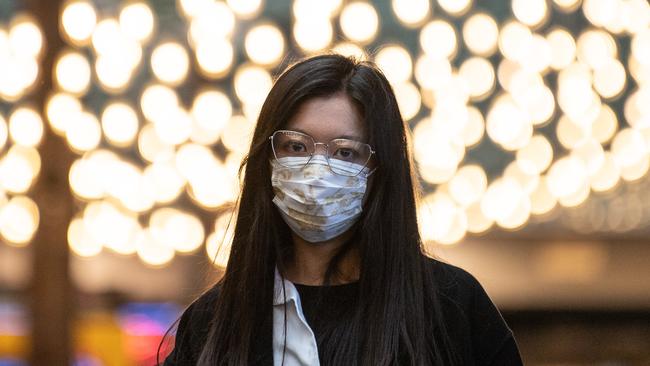
The hundreds, probably thousands, of businesses that close and lay off staff won’t suddenly reappear later. Skills will atrophy and the businesses that survive will emerge facing less competition.
Sharp increases in the jobless rate take many years to reverse. During the last recession in the early 1990s it took 12 months for the jobless rate to jump from 6.6 per cent to 9.5 per cent in June 1991. The jobless rate peaked at 11.1 per cent in 1992 and took seven years — until late 1999 — to get back to 6.5 per cent.
Today such an increase would see an additional 410,000 people out of work. Tourism alone, expected to suffer greatly, employs about 650,000 people directly.
The economic “multipliers” of cash handouts are debatable, but for job losses they are significant. If wages dry up loans can’t be serviced, household budgets tighten, rippling throughout the economy.
It’s not all about money, either; unemployment fuels social breakdown, including drug abuse, and divorce. The highest economic priority for government should be to help businesses keep people employed.
The last three global flu pandemics, in 1958, 1968 and 2009, caused relatively little economic damage, but COVID-19 looks set to comprehensively end that trend.
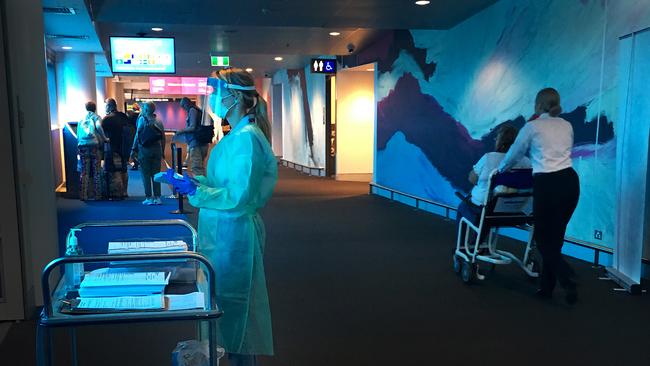
Investment is one of the first casualties of uncertainty; and the spread of the coronavirus has seen the darkest cloud of uncertainty roll over the global economy since the global financial crisis 12 years ago.
“Nothing is certain but death and taxes,” Benjamin Franklin famously wrote in 1789. For some older Australians that phrase might just have lost its amusing candour. And certainly the government’s fiscal plans are now up in the air too.
Central banks would be regretting not having the fortitude to return interest rates to normal levels before this shock. They have little ammunition left. New “unconventional” measures will generate dramatic headlines but do little to arrest confidence and nothing to slow the spread of the disease.
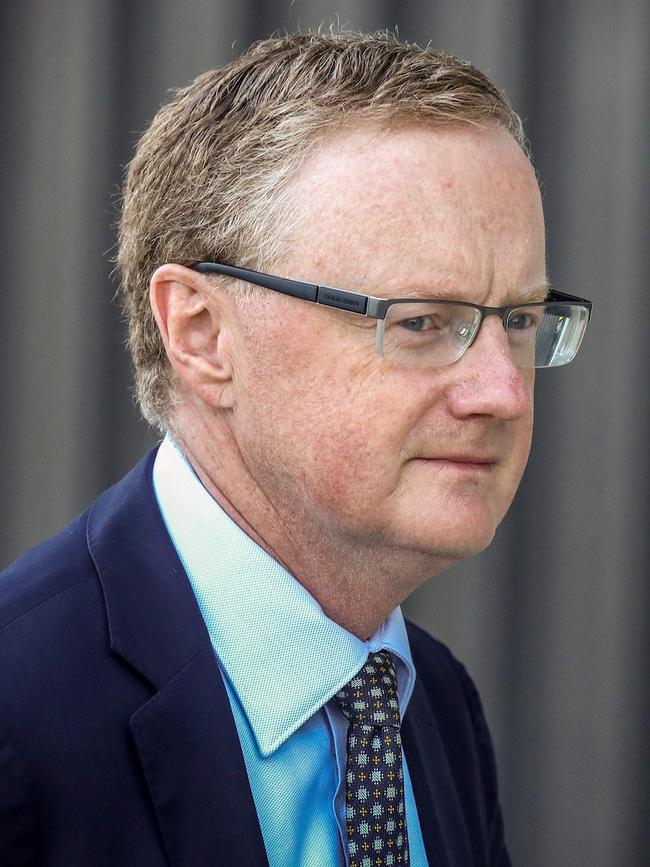
The US Fed and the Reserve Bank of New Zealand slashed their target rates by 1 percentage point on Monday, effectively bringing their target interest rates back to zero. The RBA is expected to follow on Thursday, having one or two cuts up its sleeve until it resorts to creating billions of dollars out of thin air to buy up government and potentially corporate bonds.
Yet cuts in already-low interest rates by central banks are unlikely to do much to induce businesses to invest.
Likewise, the federal government’s investment subsidies for small business — instant write-offs and acceleration schedules — are unlikely to foster much spending. In the few days since it was announced, the government’s $18bn stimulus package is starting to look small relative to what’s coming.
There are too many unknowns. Will schools close, shutting down the economy and sending hundreds of businesses to the wall as parents stay home to mind their children? Consumption is more than 60 per cent of economic activity. How much will households curb their spending as they stay home?
It’s not a question of what’s rational. It’s a question of what’s rational giving what everyone else is doing. Panic shopping can make sense if everyone else is panic shopping.
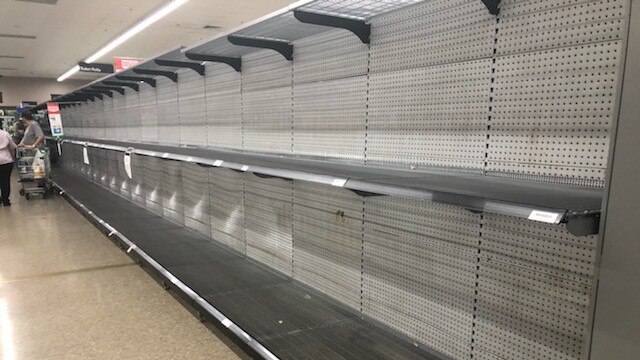
There is tension between the optimum economic response to the crisis, and the optimal health response. Governments are rightly focused on preventing the spread of disease. But by “flattening the curve” the economic pain is drawn out. Businesses that could survive two months of shutdown might not be able to survive four.
It’s unedifying but governments do put monetary values on human life, implicitly. That’s why we don’t have double the number of ambulances or hospitals — because the additional people that would be saved aren’t deemed worth the diversion of resources from other things. State and federal governments spend about one sixth of GDP keeping us healthy and safe. A 2014 Australian government document put the “statistical value” of a life at $4.2m, and the value of a year of life at $182,000. “The value of statistical life is most appropriately measured by estimating how much society is willing to pay to reduce the risk of death,” it stated.
If 1000 more people died but we avoid a 1930s-style depression, would it be worth it? It’s a hypothetical question because governments can’t know how effective their health measures are in advance. There’s no neat menu of policy options and trade-offs.
Yet in the natural desire to save everyone, a society that’s had little hardship for 30 years might be blase.
Shutting down schools and workplaces might be over the top. Better to focus on quarantining the population over 75 who are affected, including limited access to aged-care facilities, and encouraging others to carry on and exercise greater precautions. Blanket measures risk a financial and economic collapse.
Whatever happens, the economy has entered the crisis in poor shape, suffering from low wage and productivity growth, excessive regulation, and an extraordinary dependence on debt. Per capita growth has been stagnant at best.
Despite a sharp fall the US sharemarket is well above where it was in late 2017. By contrast it took a decade for our blue-chip shares to creep back to levels last seen before the global financial crisis. And after a few minutes of sunshine they are back below 2007 levels.
On the bright side, a vaccine will be found and activity will rebound rapidly once the crisis passes. And we will be more ready for the next pandemic: between 1700 and around 1900, the average period between flu pandemics was about 50 years — it appears to have shrunk significantly, to a decade. We have to be.


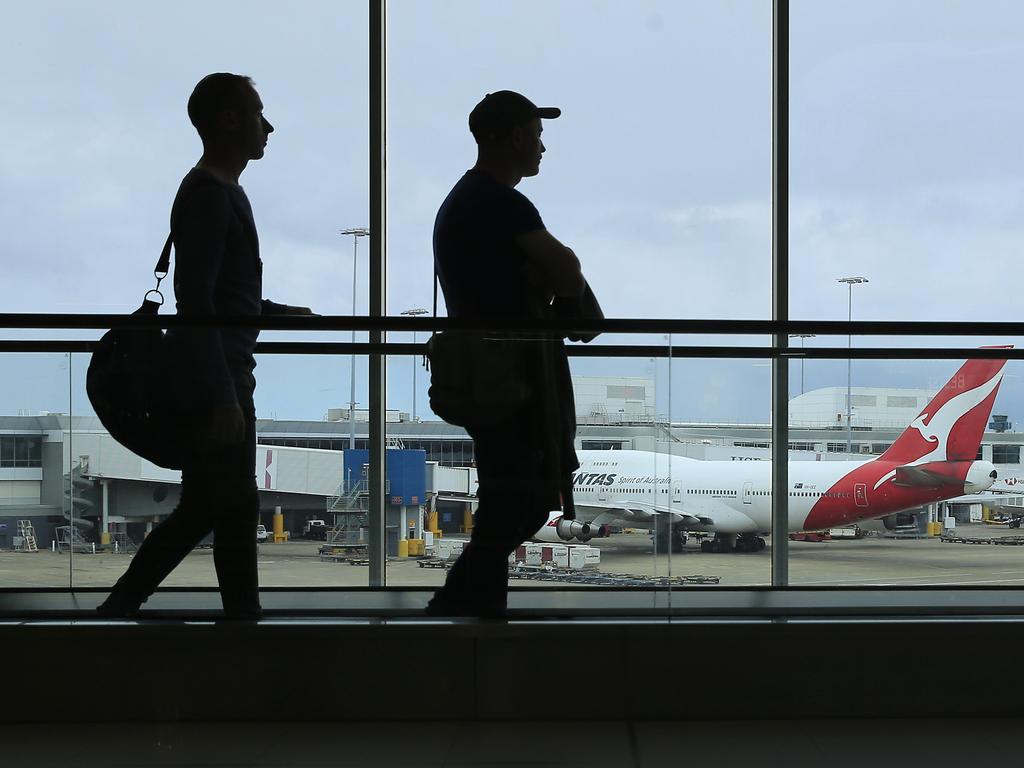
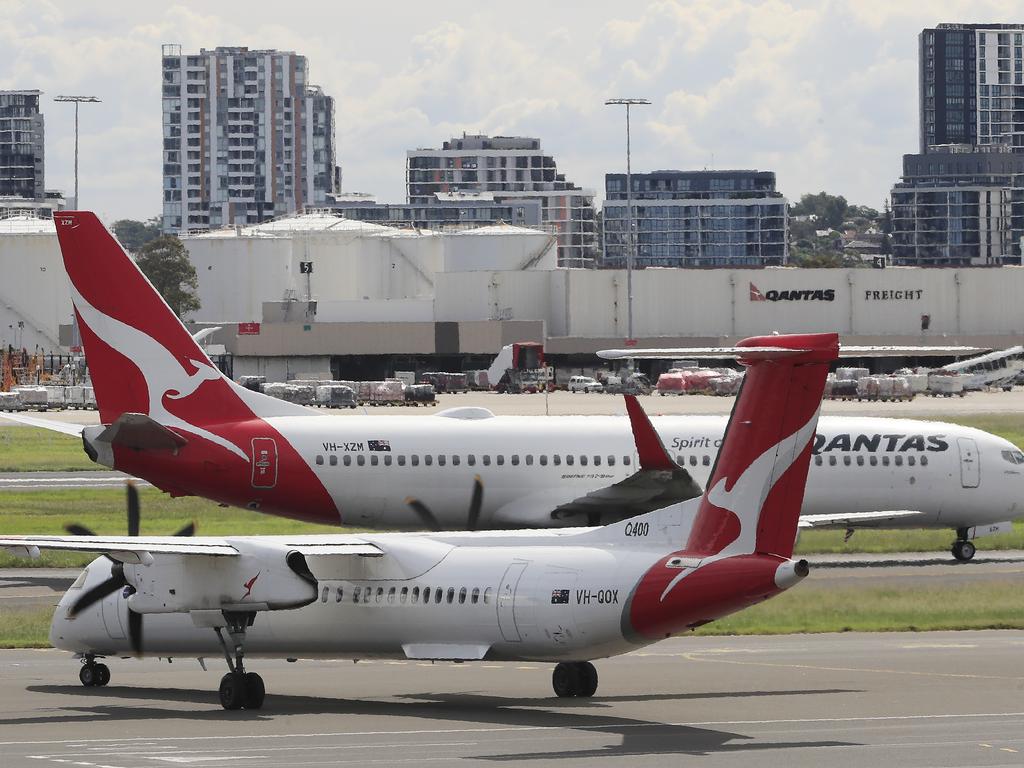




The coronavirus pandemic is a health and human crisis first and foremost, but the economic costs of shutting down the economy for months will be severe and remain long after the immediate health crisis has passed.